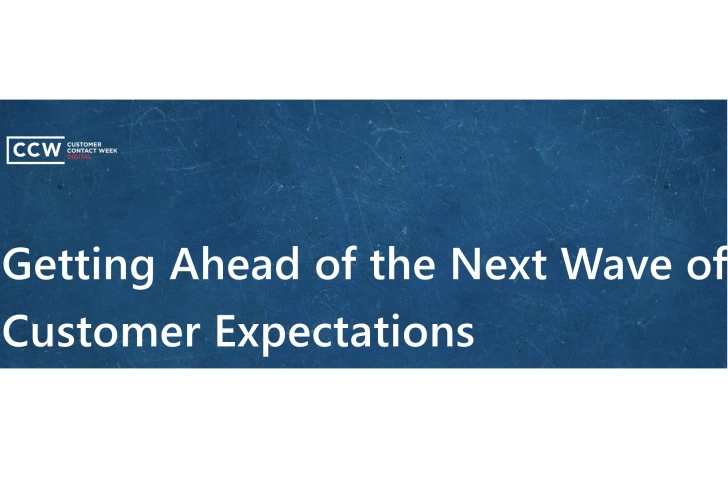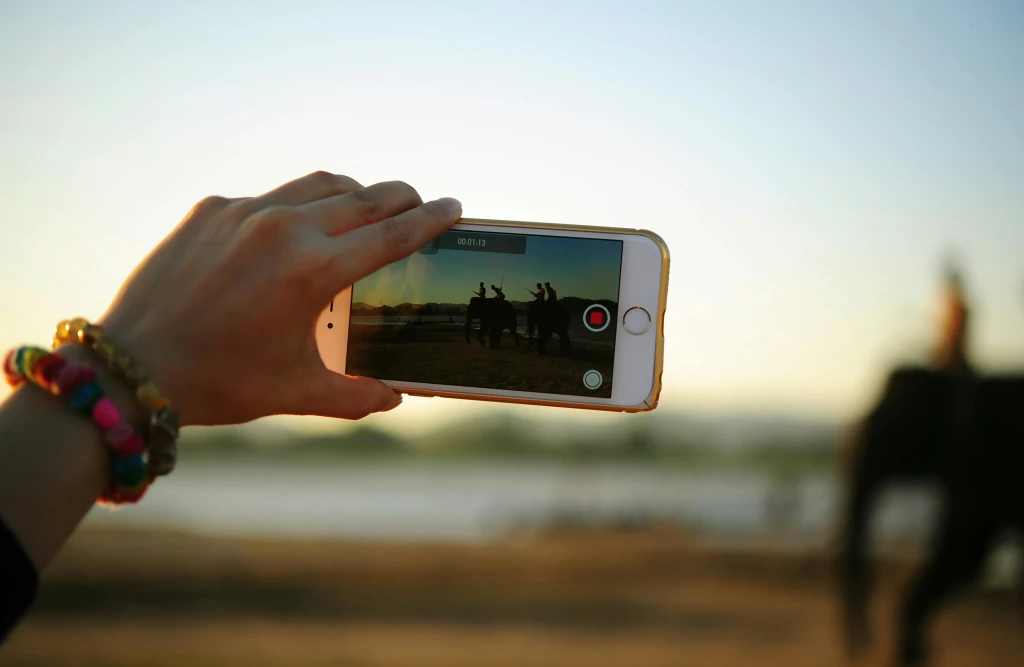Vintage Aesthetics Vs. Trending Technology: When Everything Retro Is Back In Style, What Does That Mean For The Future Of Customer Service?
CX has long focused on the future, but some customers are expressing a longing for the past.
Add bookmark
If you, like me, remember the days of disposable cameras, walkmans, beepers and dial-up, you might feel a bit aged by new American Girl Dolls that note the 1990s as a historical time period of distant pass, the return of 2000s fashion style and the glorification of going offline that today’s young adults are embracing as a part of their social development. For many of us, back then things like waiting after 9 pm for free minutes, carrying a camcorder, or flipping through the phone book to find a nearby tailor felt like time wasting inconveniences. And in the event that any of those things broke, went out of warranty or got lost, we were stuck in a days-to-months long cycle of phone calls, package mailing and paper check sending to rectify those issues. There were not 24/7 customer service lines, chatbots, email addresses or even websites to help move the problem solving process along.
In 2023, however, we have innumerable tools and technologies that can do everything from anticipating the next time we’ll need to place a mobile order to bringing room service to a hotel room door hands-free. Today’s society is long longer limited or relegated to one location, one form of communication, or even doing one task at a time. We can jet to multiple places, work multiple screens, and complete multiple projects all at the press of a button. And in the field of customer contact, these modernizations have felt like a CX blessing. But in the context of interpersonal connection, people report being overstimulated, overworked and overconsumed by how much of a hold technology has had on society in such a short time span. Now, Gen Z is leading the charge to level out interconnectivity with appreciation of not just moments as they come, but time as generations before them knew it.
They aren’t alone: it’s natural human behavior to have a nostalgic longing for things that remind us of our childhoods, loved ones who are no longer with us, and experiences that the advancement of technology and society can no longer provide us. In fact—and in retrospect—the annoying things we used to hate like dialing with a rotary phone or washing clothes by hand can now be viewed with a fondness that can make us appreciate the antiquity and simplicity that everyday life once had. We’re still living lives of “simplicity,” but in much different ways than our predecessors. Instant accessibility and gratification supply ease, but not without the pain points and discomforts that adults old and young alike are describing as of late. We once wished for more options, and now we have too many. For those working in customer experience, it can become difficult to discern and deploy customer contact technologies in a society that is simultaneously celebrating and shunning the very advancements that have made CX what it is today.
Defining ‘Customer Service’ Is An Age-Old Challenge In A New Consumer Landscape
From the 1990s to the 2010s, the digital boom of global society quickly accelerated. We went from desktop computers being a rarity in households to having one in the palm of your hand as the norm in less than 50 years. As a result many of us were either forced to abandon the old ways as obsolete and adopt new technologies, or risk being excluded from modern society in some form or another. For those of us who have been able to adapt, we’ve taken advantage of the Internet Age as consumers and utilized it as a tool against poor customer service. In turn, organizations have leveraged tech tools in their own way, deploying everything from predictive AI to advanced robotics in order to ensure that they can offer a fool-proof customer experience.
However, for as much as technology has propelled the contact center forward, it also has left some customers behind. Some express having too many emails, texts, communication channels and agents (virtual or otherwise) to go through, with little ability to choose alternative measures outside of Big Tech in order to fulfill their consumer needs. This has led some customers to forgo high-tech products all together across a variation of industries where CX is fighting to be cutting edge: Gen Z is ditching their smartphones for flip phones and disposable cameras, people are supporting local businesses over tap-to-pay and 2-hour shipping, shoppers are thrifting, buying long-wear pieces and sewing their own fashion over going to stores with automated self-service kiosks that recognize purchased items, vacationers are on the hunt for old school hotels that have a bellhop and a turn key to enter their suites, and libraries are re-emerging as a go-to spot for entertainment. What older age groups once did as perhaps a begrudging part of their daily routine, customers are flocking to as a respite from everything future-facing. In an economy that prides itself on being on the precipice of the future at all times, antiquity poses a challenge and a risk to innovators in the customer contact space. If customer service isn’t filled with intuitive tools that are supposed to make life easier, is it really a service to customers after all?
How Companies Can Find Middle Ground While Helping Throwbacks Make A Comeback
Today’s customers are much more conscious of the social, environmental and economic impact their spending habits have on themselves, each other and the plant long-term, and have more data and information available to them to help them make informed decisions on their purchases than consumers have in any other period of time. Ironically enough, it is the same immediate access to insight on all the benefits and risks of capitalist society that makes individuals so averse to it in some instances. Some customers would rather decrease their carbon footprint, delete their digital one, and become self-sustaining over accepting cookies on a web browser or completing a customer service survey, and others still are looking to toe the line between too little tech and too much tech in their own lives.
Similarly, customer contact and the customer experience should reflect those needs. Limiting customers to immediacy under the assumption that it’s what everyone wants will ensure that nobody gets what they want--company or consumer. Embracing the idea of specializing in CX as more than just high-tech will broaden business horizons and allow brands to develop niche offerings and experiences to those customers who don’t want to be totally inundated by everything 2023.
Can your brand allow for customers to opt into or out of a chatbot as part of the customer journey? Will your consumers appreciate the chance to turn a key into a lock over scanning a QR code to get into a hotel room? Does your product have a “DIY” feature where someone can order gift wrapping to go with the product they’ve bought for a friend so that they can add that personal touch instead of having a pre-wrapped gift delivered? Is there a tab on your website for “throwbacks”--old-school versions of current day products that can let a customer reconnect with good memories by buying a casserole dish that looks just like the one their grandmother used to make their favorite childhood meal in? Are there members of your team who remember “the old days,” and can have a specialized “historian" role speaking with customers about less automated ways to use your product or alternatives to advanced technology that can bring the vintage feel they’re looking for in the customer experience?
Of course, each of the above suggestions has its own advantages and setbacks depending on a given organization's industry. A hotel historian in concierge might serve customers well, but the same role with Amazon Fresh might not have as valuable a purpose. Training staff on some of these concepts or website development to account for these trends might be more--or less--expensive than the choice to deploy new AI technology in the contact center. Your particular organization might not be feeling the impact that others are of customers who are gravitating away from top technology. Or, your brand may be struggling to understand why in an age where technology brings the world in the palm of your hand, some would rather hold their own little corner of the world instead. Whatever the case, is it up to organizational leaders to assess their place in today’s market and determine if and when scaling back might hold sentimental value that cannot be replaced by a computer. Relationship building is key to customer contact, and harkening back to the time where all we had to build those relationships was each other is something special. Those special feelings create the memorable experiences customers are after, and leaving a good impression is something that never goes out of style.






















